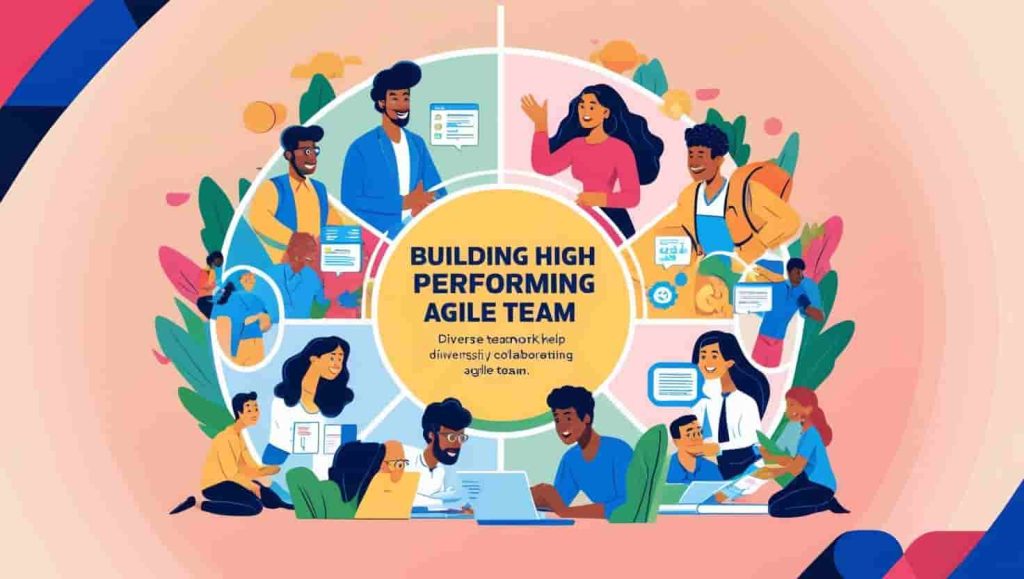
How to Build an Effective Agile Team
An Agile team is the heart of any Agile project. To fully leverage the benefits of this methodology, it’s essential to assemble a team that embodies the principles and practices of Agile. In this section, we’ll discuss the key components of an effective Agile team and actionable strategies to build one.
Define Roles Clearly
Every member of the Agile team must have a clear understanding of their role. Common Agile roles include:
- Scrum Master: Facilitates the process and removes obstacles.
- Product Owner: Represents the customer and prioritizes the backlog.
- Development Team: Delivers the product incrementally.
Foster a Collaborative Culture
An Agile team thrives on collaboration. Encourage open communication, respect diverse perspectives, and create an environment where team members feel comfortable sharing ideas and feedback.
Prioritize Cross-Functionality
An effective Agile team should possess all the skills necessary to complete the project without relying on external support. This cross-functionality ensures smoother workflows and faster delivery.
Encourage Continuous Learning
Agile teams must continually improve. Conduct regular retrospectives to identify areas of improvement and promote skill development through training and workshops.
Maintain a Sustainable Pace
Burnout can hinder team effectiveness. Agile promotes sustainable work rhythms, ensuring that the team remains productive and motivated over the long term.
Conclusion
Building an effective Agile team is about creating a culture of trust, collaboration, and continuous improvement. With the right roles, mindset, and practices in place, an Agile team can deliver exceptional results while adapting to the ever-changing needs of the business.
References
- Beck, Kent. Manifesto for Agile Software Development. Agile Alliance.
- Sutherland, Jeff. Scrum: The Art of Doing Twice the Work in Half the Time.



